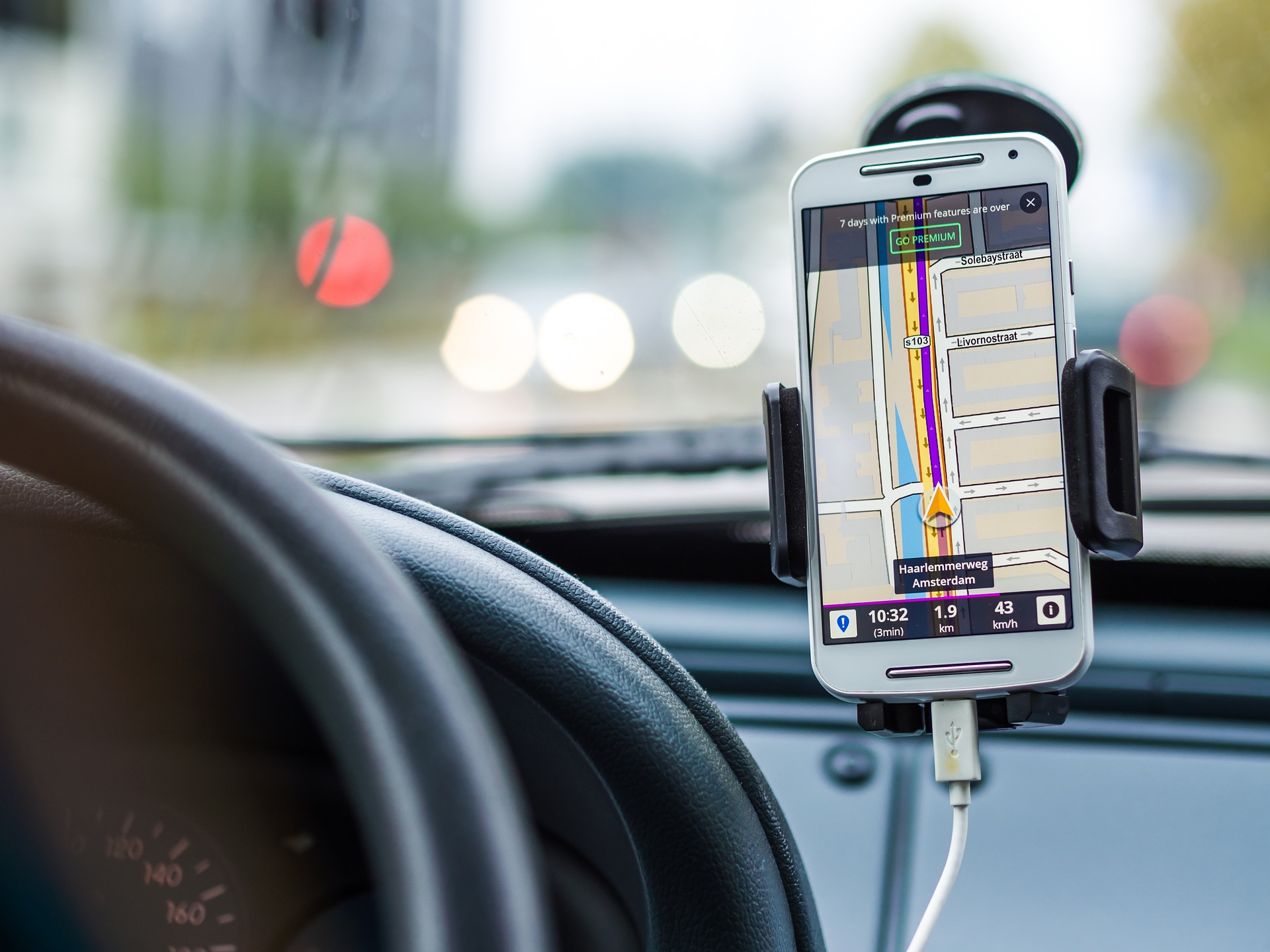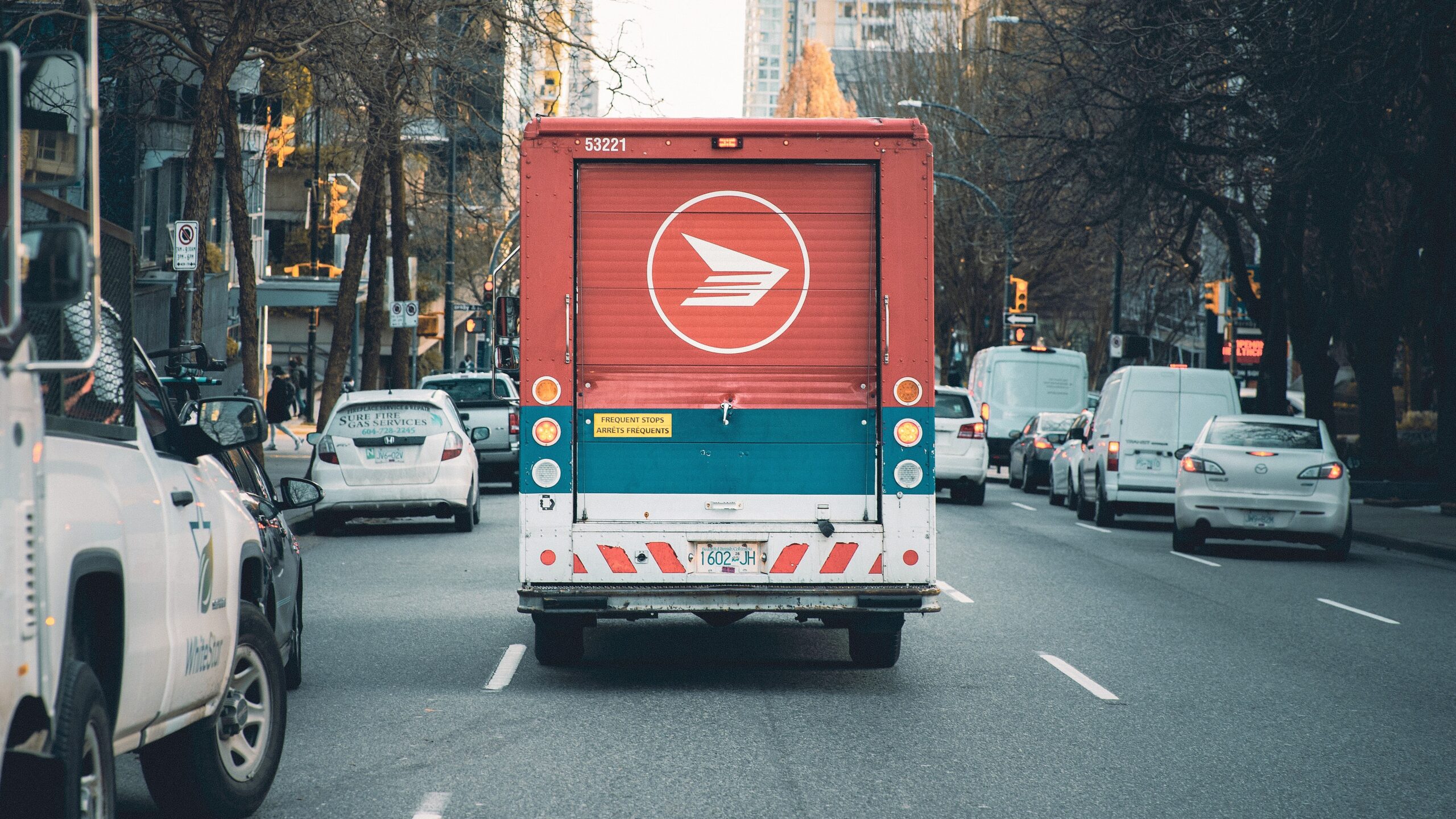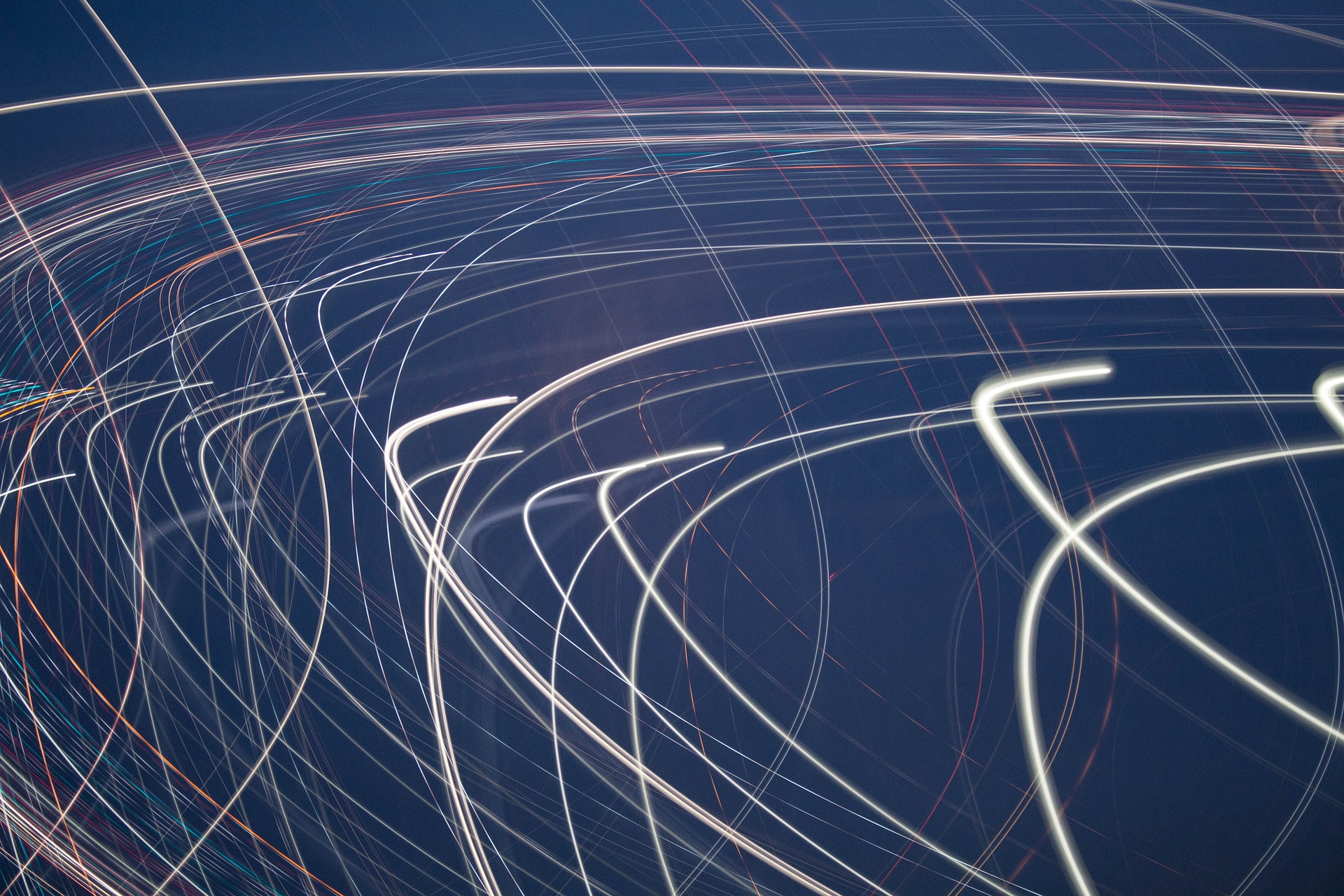Knowledge Clusters

Mobility Network research is organized around seven Knowledge Clusters, reflecting the “system of systems” nature of mobility systems. Research in the each of the five interconnected knowledge clusters at the core addresses a critical aspect of mobility research while the intersections represent the research challenges occurring between major fields of study. Encircling those is Behavioural Analysis & Modelling, which reminds us that this is all about people – who they are and what they want and need. And surrounding that is a circle prompting us that we operate within the constraints of our natural environment, our built environment, and our governance.

Urban Equality & Inclusion
The existing transportation system has resulted in an inequitable distribution of opportunities for people to access affordable housing, employment, education and other opportunities. What are the causes, scale and impacts […]
Learn more about Urban Equality & Inclusion
Climate Change & Health
Automobiles and associated urban sprawl have played major roles in the climate crisis; transportation is the second-largest producer of Canada’s greenhouse gas (GHG) emissions. How can the co-benefits of GHG reduction strategies, particularly in terms of air quality and health benefits, be quantified to inform efforts to address climate change? How can we induce the combined changes in travel behaviour, political and social norms and transportation technology needed to effect meaningful reduction on Canadian GHG emissions?
Learn more about Climate Change & Health
Mobility Technologies & Services
It is well known that “the costs of congestion” threaten thriving urban regions and cities. Congestion is a symptom of a thriving urban region but also of tremendous inefficiencies. Innovation in transportation technologies and mobility services (autonomous and/or electric vehicles, e-bicycles, ride hailing and ridesharing services and platforms, real-time information services, etc.) is rapidly moving to implementation on our public rights of way. How can we best design our transportation systems integrating both “old” and “new” technologies to provide for the safe, efficient, and dignified movement of people and goods within rapidly changing technological, social and economic contexts?
Learn more about Mobility Technologies & Services
Freight & Urban Goods Movement
The movement of goods is as critical to the equity, sustainability and productivity of society as is personal mobility, but it often receives much less research and policy attention. COVID-19 restrictions highlighted our dependency on national, continental and international supply chains to keep our society and our economy functioning. How do we reduce the carbon footprint of freight movements, as well as their impacts on communities and roadway operations, while maintaining the efficiency and effectiveness of our supply chains? How do we ensure the resiliency of the logistics systems that support urban goods movement? How do we accommodate, regulate and adapt to e-commerce?
Learn more about Freight & Urban Goods Movement
Land Use Planning & Economy
The transportation system provides access to land, which determines land value, which informs land development decisions that create the choices that influence the location decisions of households and firms. Where we live depends on where housing was built for us and how willing and able we are to travel – over the transportation system provided to us – from there to where we work, study, shop, and socialize. How can we evolve our existing transportation systems and land use into more sustainable forms? How can we influence the adoption of an integrated “system of systems” approach to land use and transportation?
Learn more about Land Use Planning & Economy
Behavioural Analysis & Modelling
People make the decisions about how they will travel, based on the choices available to them and on their very personal perception of the “costs” of travelling by different modes. Effective planning and design of both transportation and land use requires a deep understanding of person travel behaviour, the economic drivers of goods movements and the location choice processes of households and firms. How can we combine insights into travel behaviour from economics, psychology and engineering, modern “big data” and advanced data science methods (machine learning, etc.) enable the development of advanced “next generation” simulation models of urban spatial-temporal, socio-economic processes?
Learn more about Behavioural Analysis & Modelling
Governance, Policy Analysis & Managing Change
We continue to “prepare for growth” but now in the face of disruption. Disruptions may be temporary (e.g., COVID-19) or permanent (e.g., climate crisis, autonomous cars). The policy response to COVID-19 demonstrated that our governments are capable of swift action. For public safety, they temporarily increased cycling infrastructure, introduced roadside patio restaurants and bars, and legislated off-peak deliveries to grocery stores. Many of these emergency innovations are being made permanent. What are the challenges and opportunities associated with planning for change, as well as responding to disruption? How can we safely enable more experimentation that may lead to further beneficial innovation in our cities?
Learn more about Governance, Policy Analysis & Managing Change